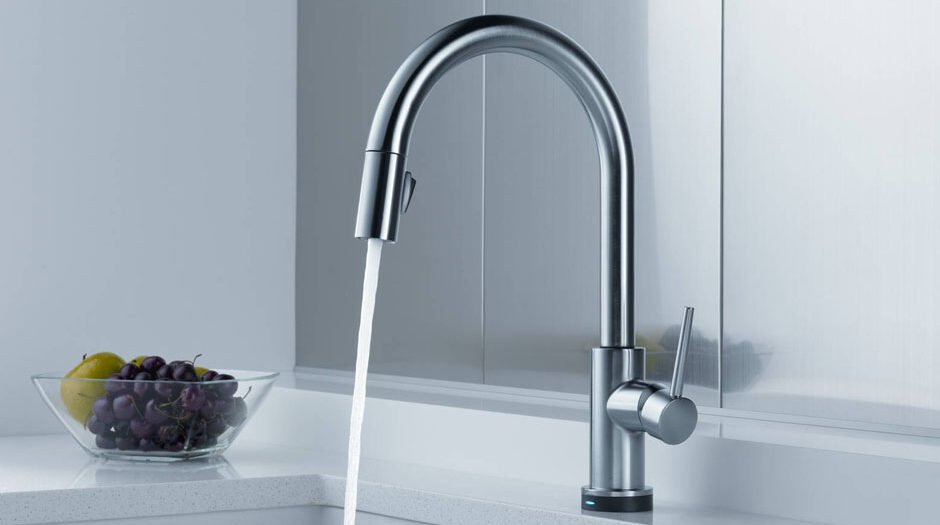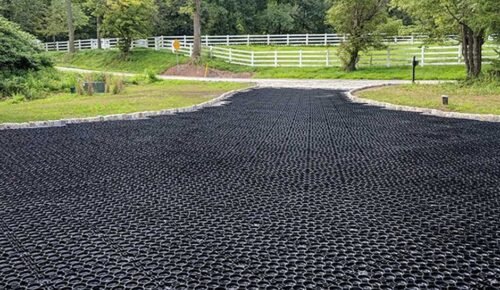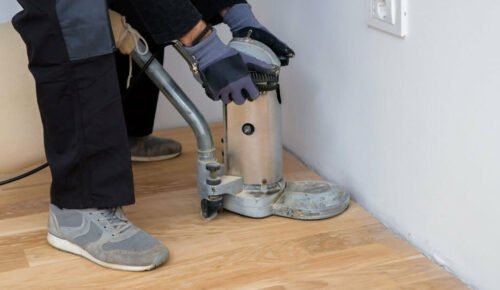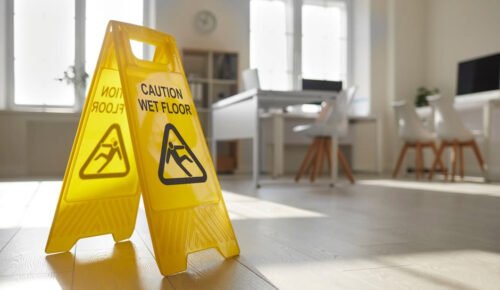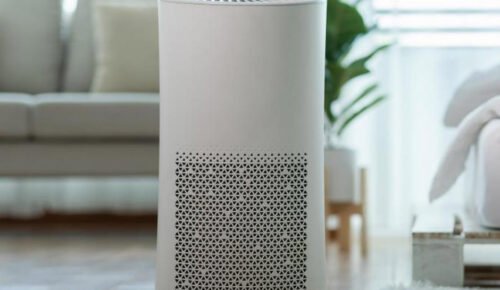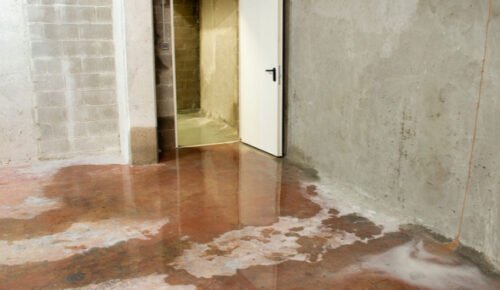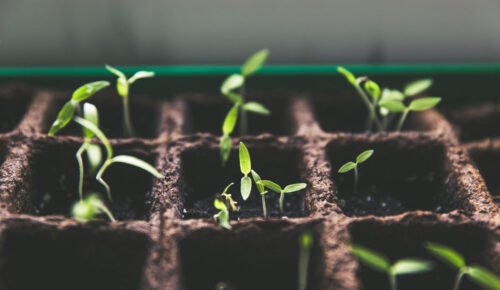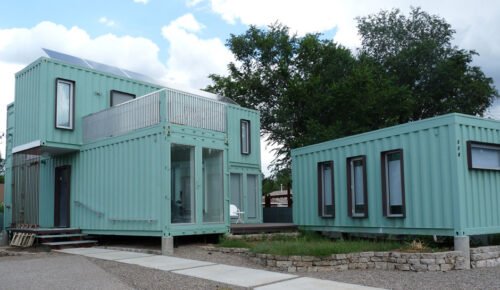Water is one of life’s essentials, flowing freely from our taps and showerheads, used in everything from cooking to cleaning. We trust that the water coming into our homes is clean and safe, but is it really as pure as we think? While municipal water systems are designed to deliver safe drinking water, various factors can impact the quality of the water by the time it reaches your glass. Understanding what might be lurking in your home’s water supply and how to ensure it’s truly pure is essential for the health and well-being of your family.
The Hidden Contaminants in Your Water
Even in areas with stringent water quality regulations, contaminants can still make their way into your water supply. These impurities might include everything from naturally occurring minerals to industrial chemicals, and their presence can pose health risks if not properly managed.
For instance, many homeowners turn to reverse osmosis systems to help purify their water, removing a wide range of contaminants and improving its overall quality. But even with such systems in place, it’s important to stay informed about potential risks and how to mitigate them.
Understanding the Sources of Water Contamination
Water contamination can occur at various stages, from the source to your tap. By understanding these sources, you can take proactive steps to ensure your water is as pure as possible.
1. Natural Contaminants
Not all contaminants are the result of human activity. Some, like arsenic, radon, and certain heavy metals, are naturally present in the environment. These elements can seep into groundwater or be present in the geological formations that supply your local water. While they may be present at low levels, long-term exposure can still pose health risks.
2. Industrial and Agricultural Pollution
Human activities such as agriculture and industry are significant sources of water contamination. Pesticides, herbicides, and fertilizers used in farming can run off into nearby water supplies, introducing harmful chemicals like nitrates and phosphates. Similarly, industrial activities can release a variety of pollutants, including heavy metals, chemicals, and toxic substances, which can find their way into both surface and groundwater sources.
3. Aging Infrastructure
Old pipes and plumbing systems are another potential source of contamination. Lead pipes, in particular, are a concern in older homes. Even after lead pipes were banned, many older buildings still have them in place. As these pipes corrode over time, lead can leach into the water supply, leading to serious health problems, particularly for young children and pregnant women.
4. Municipal Water Treatment Byproducts
While municipal water treatment is essential for ensuring that water is free from harmful bacteria and viruses, the treatment process itself can introduce byproducts. For example, chlorine, used to disinfect water, can react with organic matter to form trihalomethanes (THMs) and haloacetic acids (HAAs), which have been linked to health risks like cancer and reproductive issues.
The Health Risks of Contaminated Water
The presence of contaminants in your water supply isn’t just a matter of taste—it can have real implications for your health. Here’s how some of the most common water contaminants can impact your well-being:
1. Heavy Metals and Toxic Elements
Exposure to heavy metals like lead, mercury, and arsenic can lead to a range of health issues. Lead is particularly harmful to children, affecting brain development and leading to behavioral and learning problems. Arsenic, a naturally occurring element, has been linked to cancer, cardiovascular disease, and skin conditions. Even at low levels, these contaminants can accumulate in the body over time, leading to chronic health problems.
2. Microbial Contaminants
Bacteria, viruses, and parasites are among the most immediate threats to water safety. Pathogens like E. coli, Giardia, and Cryptosporidium can cause gastrointestinal illnesses, which are especially dangerous for vulnerable populations such as the elderly, infants, and those with weakened immune systems. While municipal water treatment plants are designed to eliminate these pathogens, occasional breaches in the system can still occur.
3. Chemical Pollutants
Chemicals from industrial and agricultural runoff can have a variety of health effects, ranging from acute poisoning to long-term health problems. For example, nitrates from fertilizers can cause “blue baby syndrome” in infants, a condition that reduces the blood’s ability to carry oxygen. Long-term exposure to pesticides has been linked to hormone disruption, reproductive issues, and certain cancers.
4. Disinfection Byproducts
As mentioned earlier, the byproducts of water disinfection, such as THMs and HAAs, are also a concern. These chemicals have been associated with an increased risk of cancer, and some studies suggest they may also affect reproductive health. While the levels of these byproducts are typically regulated, they can still be a concern, particularly if your water supply has high levels of organic matter.
Ensuring Your Water is Pure and Safe
Given the potential risks associated with contaminated water, it’s crucial to take steps to ensure your home’s water supply is as pure as possible. Here’s what you can do:
1. Regular Water Testing
One of the most important steps you can take is to test your water regularly. Home testing kits are available for a variety of contaminants, including heavy metals, chlorine, and bacteria. For a more comprehensive analysis, consider hiring a professional to test your water, particularly if you suspect contamination from an industrial source or if you rely on well water.
2. Install a Water Filtration System
A high-quality water filtration system can significantly reduce or eliminate many of the contaminants found in household water. Reverse osmosis systems, in particular, are highly effective at removing a wide range of impurities, including heavy metals, chemicals, and microorganisms. Other options include activated carbon filters, which can remove chlorine and other chemicals, and UV purifiers, which target bacteria and viruses.
3. Maintain Your Plumbing
Regular maintenance of your home’s plumbing system can prevent contaminants from entering your water supply. If you live in an older home, consider having your pipes inspected and replaced if necessary, particularly if they are made of lead. Additionally, be sure to clean and maintain any water filters or purification systems to ensure they are functioning correctly.
4. Stay Informed About Local Water Quality
Your local water utility is required to provide annual water quality reports, which detail the levels of various contaminants in your water supply. These reports can alert you to potential issues and help you make informed decisions about water filtration and treatment. If you have concerns about specific contaminants, don’t hesitate to contact your utility for more information.
5. Consider Bottled or Filtered Water for Drinking
If you’re particularly concerned about the quality of your tap water, consider using bottled or filtered water for drinking and cooking. While this can be more expensive in the long run, it provides an added layer of protection, especially if you live in an area with known water quality issues.
Taking Control of Your Water Quality
While we often assume that the water flowing into our homes is pure and safe, the reality is that various contaminants can still make their way into our water supply. By understanding the potential risks and taking proactive steps to monitor and treat your water, you can ensure that your family has access to clean, safe water. Regular testing, effective filtration, and staying informed about local water quality are all essential strategies for protecting your health. Remember, the purity of your water is directly linked to your overall well-being—so take control and make sure your home’s water supply is as clean and pure as it should be.
